Experience the captivating allure of the Hamon Sword, where the artistry of the traditional Japanese temper line meets unparalleled craftsmanship. Our Hamon Sword collection features blades with exquisite hamon patterns, each one unique and a testament to the skill of the swordsmith. Perfect for both devoted collectors and enthusiastic admirers, the Hamon Sword combines aesthetic beauty with exceptional functionality. Add a Hamon Sword to your collection and embrace a piece of samurai heritage, a symbol of elegance, strength, and timeless tradition that will inspire and captivate your passion for Japanese swords.
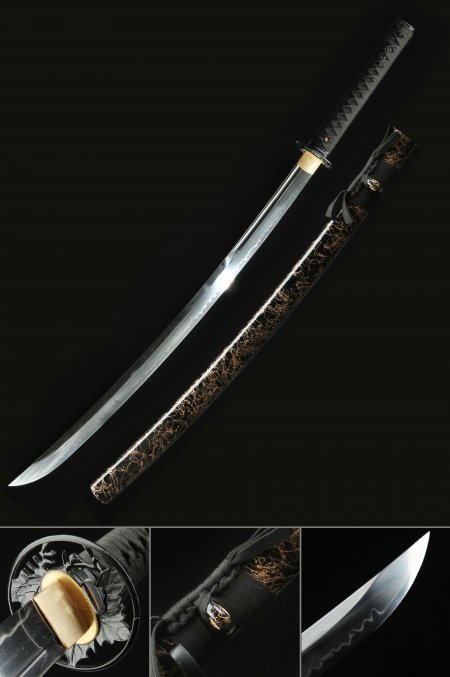
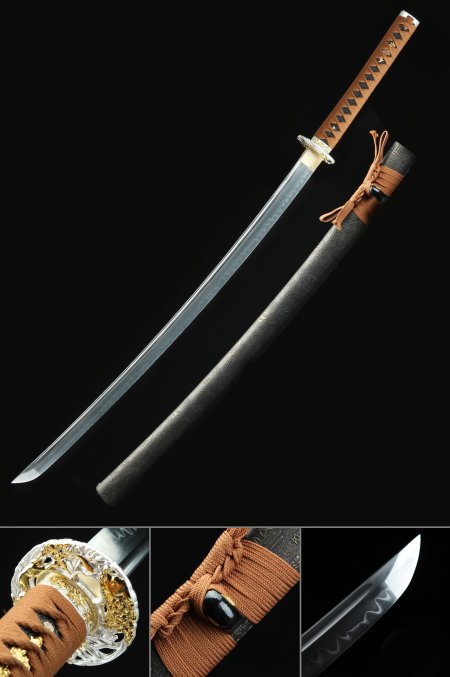
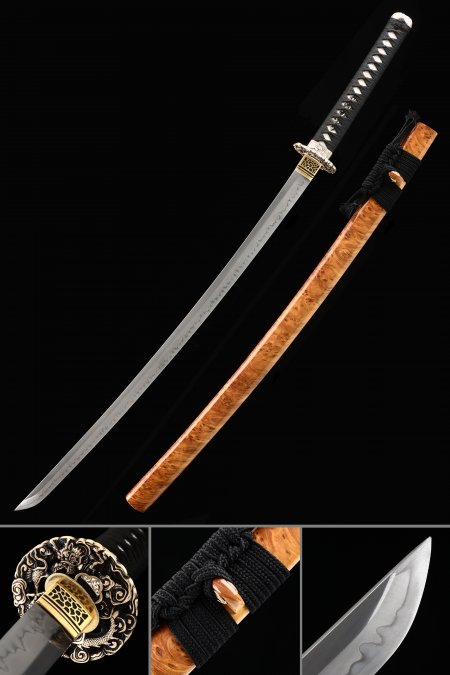
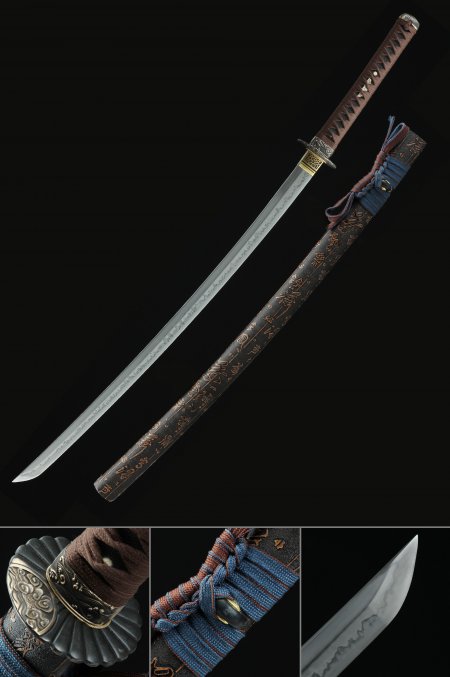
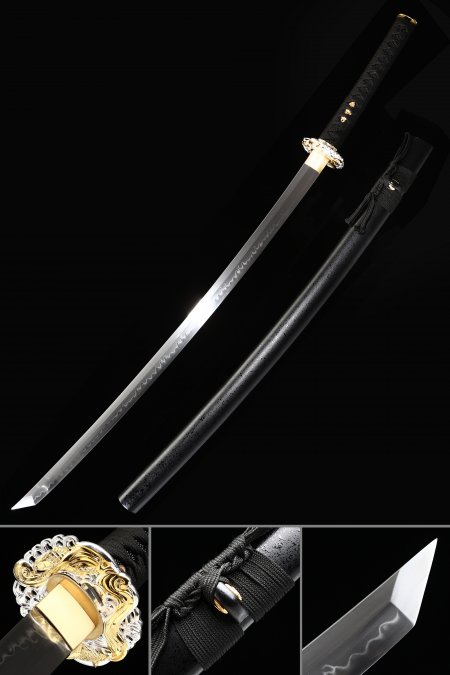
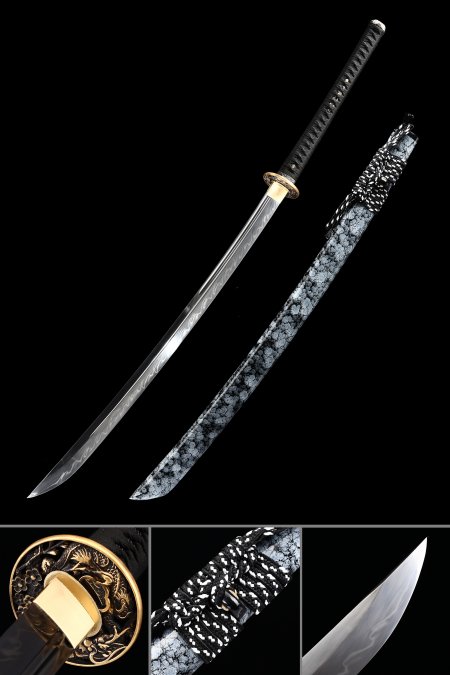
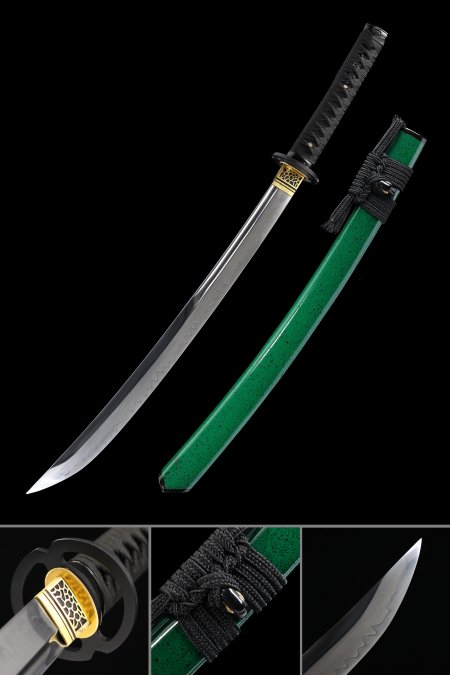
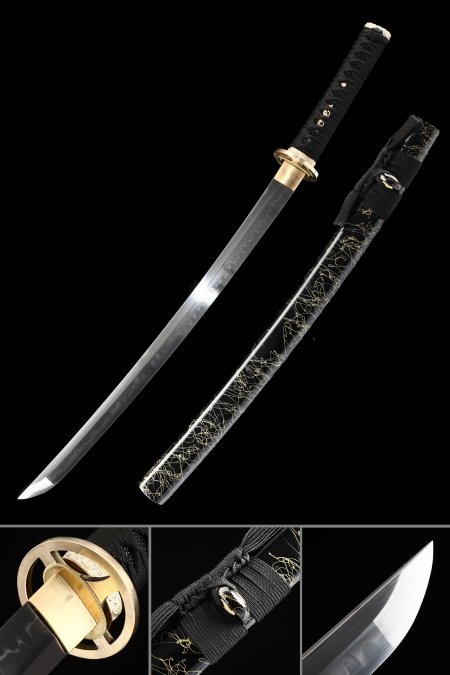
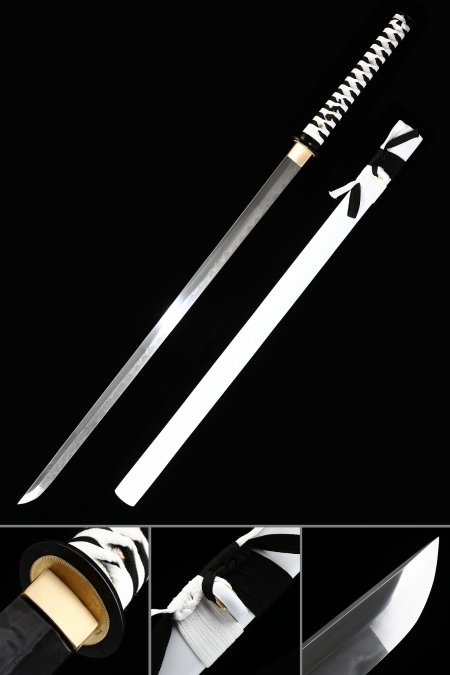
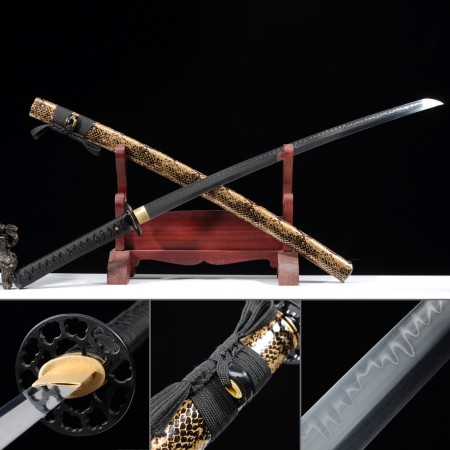
great product! The blade is balanced and the handle feels great
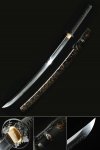 |
Handmade Japanese Katana Sword T10 Folded Clay Tempered Steel With Silk Thread Scabbard |
Very well made. r
The Tsuba is a bit thinner than I expected, but that is not necessarily a problem. r
I also note that the balance point is about 5 inches forward of the Tsuba - a bit farther forward than most. It works for me as the sword handles quite well.
 |
Handmade Japanese Katana Sword T10 Folded Clay Tempered Steel With Silk Thread Scabbard |
The katana arrived in 7 days. It is a beautiful blade and cuts smoothly and precisely.
 |
Handmade Japanese Katana Sword T10 Folded Clay Tempered Steel With Silk Thread Scabbard |
The buying process was made smooth and easy by much of their educational materials that are available on their web site. I wsa able to choose a proper katana suited to my needs in the dojo. The price was excellent. I received the sword promptly and safely and the product is very good.r
I don't know what more I could ask of a vendor other than great product and excellent service.
 |
Handmade Japanese Katana Sword T10 Folded Clay Tempered Steel With Silk Thread Scabbard |
This katana is now my favorite and I've bought over 7 from TK ,the reason is it's special blade geometry which makes it very light and fast with one hand. The hamon and polish are impeccable and the blade a beaty.The other reason is the fit and finish is flawless and especially love the fit of the Saya and its elegant silk string. Wanted to take this opportunity to recommend the t10 folded naginata's I've included, these have the same blade geometry as katana reviewed (which also makes them light)they are 1 3/8" tall the whole way through the blade(which is the same length)opposed to a 11/4" tapering to 1". These naginata's are bigger and badder ,you won't be sorry you picked one up.
 |
Handmade Japanese Katana Sword T10 Folded Clay Tempered Steel With Silk Thread Scabbard |
Everything on the Katana was tight, Ito wrap, the fittings, tsuba, habaki. The blade does NOT wable. Heavy duty T10, for ridged durability, and a shape and elegant taper for the blade profile. Made for an excellent bamboo cutting sword.
The blade after cutting bamboo after bamboo, (28 stalks) had preformed above my expectations. It showed no signs of chipping, wearing, or anything that would affect the blade and make it go to failure.
It was right out of the box sharp and choji oiled.
I highly recommend this katana, a very skilled craftsman had assembled and forged this T10 blade. The Hamon is absolutely perfect and authentic.
Despite the reviews on Reddit, I was a little weary of dropping that cash on a sword like this, but it is for sure worth it.
I only hope that every katana on this site is assembled, forged with such skill and pride. For a Chinese sword made with Japanese traditional smithing, I can safely say that the katana you might be looking at is worth it.
They have excellent customer service.
 |
Handmade Japanese Katana Sword T10 Carbon Steel With Sunflower Tsuba |
Well made and very sharp. Clearly a real weapon and not a fake, brittle display toy.
 |
Short Katana, Handmade Wakizashi Sword T10 Folded Clay Tempered Steel With Green Scabbard |
Beautiful wakizashi! Light weight, wide blade, gorgeous hamon. Interesting wide Saya. Very different from other wakizashi that I have. I love it!
 |
Short Katana, Handmade Wakizashi Sword T10 Folded Clay Tempered Steel With Green Scabbard |
i thought it was pretty cool. it came in great condition and is sharp. would recommend
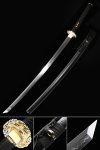 |
Japanese Katana Sword T10 Folded Clay Tempered Steel With Black Scabbard |
I absolutely love my blade! Will be buying more from these guys in the future! Great quality and craftsmanship! Excellent!
 |
Handmade Japanese Katana Sword T10 Carbon Steel With Sunflower Tsuba |
Spectacular I'm very impressed and happy thank you all
 |
Japanese Katana Sword T10 Folded Clay Tempered Steel With Black Scabbard |
First time buyer and I thought this wakizashi was worth every penny. Super sharp and stylish, balanced well and comfortable to hold with 2 hands or 1 hand. Will buy again from them!!
 |
Short Katana, Handmade Wakizashi Sword T10 Folded Clay Tempered Steel With Green Scabbard |
Some parts were not put together/glued properly; very good quality otherwise
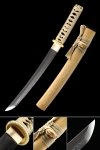 |
Handmade Japanese Tanto Sword Real Hamon |
This was a gift for my bf and it’s such great quality. I looked at reviews before buying and it was definitely worth it. Looks amazing!
 |
Japanese Katana Sword T10 Folded Clay Tempered Steel With Black Scabbard |
My second sword from this company and love them both they are 100 legit battle ready
 |
Handmade Japanese Katana Sword T10 Folded Clay Tempered Steel With Silk Thread Scabbard |
Better than expected quality for the price. Very satisfied.
 |
Japanese Katana Sword T10 Folded Clay Tempered Steel With Black Scabbard |
Absolutely fabulous, exquisite and epic quality - this one is simply fantastic!
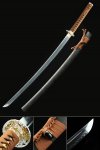 |
Handmade Japanese Samurai Sword T10 Carbon Steel With Bronze Scabbard |
Awesome katana and was delivered relatively fast. Definitely worth the buy.
 |
Handmade Japanese Samurai Sword T10 Carbon Steel With Bronze Scabbard |
Good place to get your Japanese arrivals. Sent on time in fact got here early. Thanks L
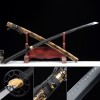 |
Handmade Japanese Katana Sword T10 Folded Clay Tempered Steel With Snake Scabbard |
This sword is absolutely beautiful and solidly constructed. The leather wrapping of the saya is nice and tight, grip is wrapped well, and the tsuba is solid. T10 carbon steel is great quality for the price and the blade is nice and sharp. I’m very happy with my purchase.
 |
Handmade Japanese Katana Sword T10 Carbon Steel With Sunflower Tsuba |